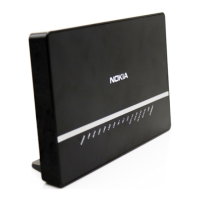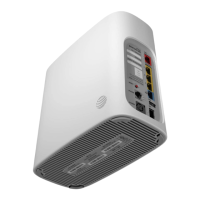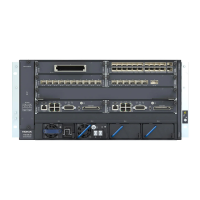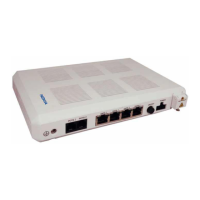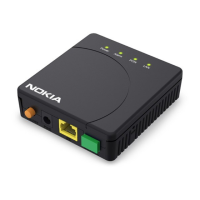ANSI Hardware Installation Manual Fiber optic handling and acceptance criteria
Issue: 09 3HH-12893-AAAA-TCZZA 459
DRAFT
•
do not expose the cable to excessive heat
• do not allow connectors to strike or drag across work surfaces, including the floor
• do not allow cables to support any weight
• do not use cable ties to secure fiber optic cables
• do not crush or damage fibers by placing objects on top of a cable or a connector,
or by rough handling while mounting other nearby devices
• keep dust and contaminants away from fiber optic surfaces
• keep dust caps on connectors and input/output plugs on receptacles until just
prior to installation
• store unused dust caps and plugs in an anti-static, zipper-locked plastic bag for
future use
• replace dust caps and plugs if they:
• fall on the floor
• are cracked or damaged in any way
• are dirty or exposed to dust in the environment
27.3 Acceptance criteria for fiber optic device
inspections
Fiber optic connectors and receptacles must be visually inspected before every
connection, including the first-time installation of components still in their original
packaging. After the fiber optic devices pass inspection and the connection is made,
it is not necessary to disassemble the connection for inspection.
To perform inspections, use a video microscope, a video monitor, and accessories.
The following guidelines apply to acceptance criteria.
• Loose contamination of any kind is not acceptable and must be cleaned from the
end-face.
• For inspection purposes, pits are to be treated the same as non-removable
contamination.
• When measuring oddly shaped contamination (non-round shapes), use the
largest dimension.
• If contamination falls across more than one zone, use the acceptance criteria of
the most stringent zone.
• For multi-fiber cable, each end-face must meet the inspection criteria.
27.3.1 Acceptance criteria
Acceptance criteria for single-mode end-faces are provided in Table 31. The zones
referred to in Table 31 are shown in Figure 261.
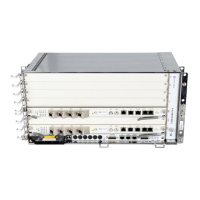
